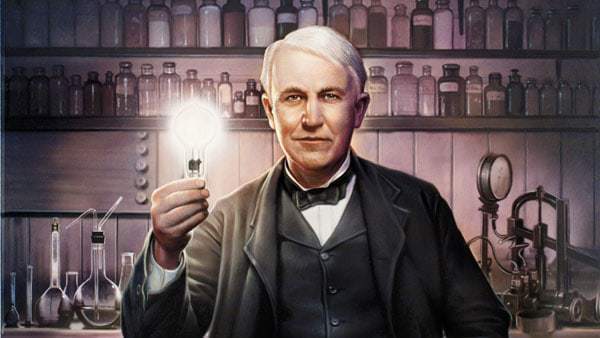Today, the world of the 19th Century seems like a completely foreign place. Images from the period make life look so primitive. Sooty factories, horse-drawn carriages, and grainy, faded photographs make the 1800s appear to be a place that has little in common with our modern, high-tech, comfortable society. A closer look, however, reveals a time in which so many of the modern advancements we take for granted today claim their origins in the 19th Century.

The Steam Engine
With so many ways to power industry and transportation today, steam engines seem like ancient technology. But in the 19th Century, the steam engine revolutionized the speed at which people traveled, and fundamentally changed how work was done and even led to the growth of urban life. In many ways, the modern era of the machine was born once the power of steam was harnessed.
While the practical steam engine was first invented in the early 1700s by Thomas Newcomen and greatly enhanced in the late 1700s by Scotsman James Watt and others, its uses were relatively limited. These engines were primarily used to facilitate mining operations. As the 18th Century came to a close, small numbers of steam engines were employed to pump water over mill wheels, allowing some factories to use the resulting power to automate procedures. By the beginning of the 19th Century, however, steam technology was poised to change world.
Experiments with steam locomotives early in the century led to the first commercial use of steam engine-powered railroads in England by 1825. The technology spread quickly and changed transportation forever. In the United States, less than 40 miles of track existed in 1830. Just 30 years later, 29,000 miles of track crossed the country. The effects on travel are hard for a modern person to imagine. Prior to railroad transportation, crossing the United States could take six months. After the completion of an American transcontinental railroad in 1869, a person could make the trip in less than a week. Similarly, the 19th Century saw the maturing of steamships, which provided enough power to transport people and cargo against currents and prevailing winds.
The use of steam engines also impacted factories themselves. No longer did factories have to be close to a running source of water. This meant that factories could be built next to rail lines or even within cities themselves, leading to great advancements in productivity and increasingly high rates of urban growth. In short, steam power shrank the world, provided exponentially more power for human endeavors, and facilitated the birth of the modern city.

